

William Stopford
The cars revealed in 2025 we wish would come to Australia
6 Hours Ago

News Editor
Jeep is working to make its dealerships more inviting for customers as it eschews price-leader entry-level variants in favour of better equipped but more expensive models.
While it’s positioning itself as a more premium brand, however, it’s still aiming to continue a recent trend of sales growth following several years of decline.
“We’re not a bargain basement brand. We’re a premium brand and we’re moving even more premium,” said Billy Hayes, Stellantis’ senior vice-president in the India and Asia Pacific Region for sales, marketing and regional operations.
He also remarked the Jeep brand should be “as close to what a domestic brand should be in Australia”, considering Australia’s affinity for the outdoors and SUVs.

“We’re working with our dealer partners to make sure that the facilities are correct. They’re a place where Jeep customers want to come that they’re properly supported by us, and can give that real premium, premium experience,” said Mr Hayes.
“There has been a keen focus on customer experience.”
That includes not only the service delivered by dealership employees, but also a dealership’s online presence.
This work has been part of a strategy implemented by Kevin Flynn, who took the helm as Jeep Australia’s managing director in September 2019.

“We have huge aspirations for Jeep in Australia, Australia’s almost a natural market for us to be successful. And in the past, we’ve had really successful sales. And we’re putting strategies together to relive that, get back there, probably even excel, where we were in previous years,” said Mr Flynn.
Jeep Australia says it’s not interested in going below its current entry-level model, the Compass Night Eagle, which is priced at $39,950 before on-road costs.
“We’re really pleased with the way that’s performing, but we don’t want to go, at this point in time, below that,” said Mr Flynn.
But Mr Flynn says it’ll be the customers that “actually establish whether the vehicle is premium or not”.
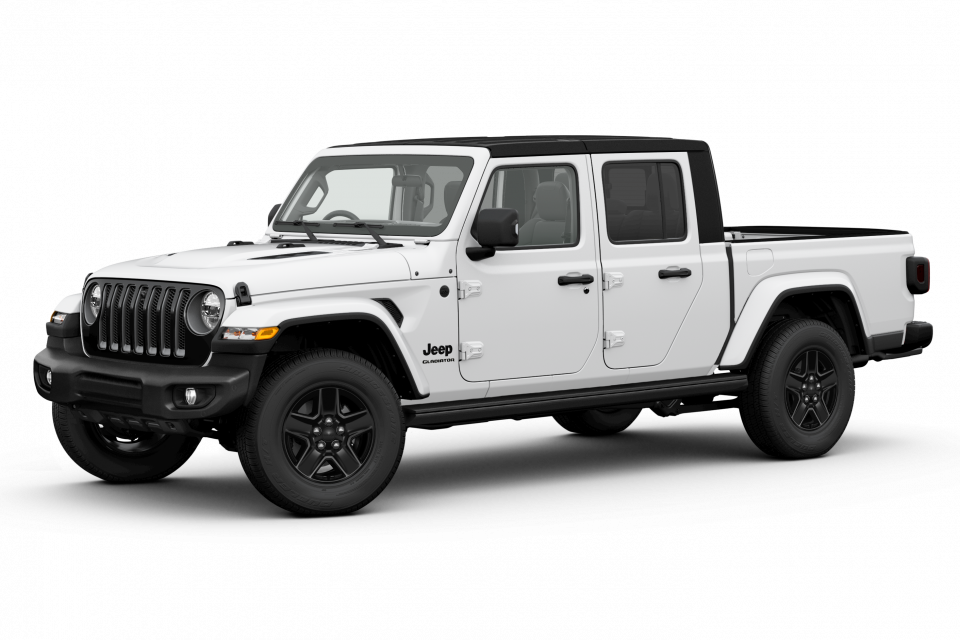
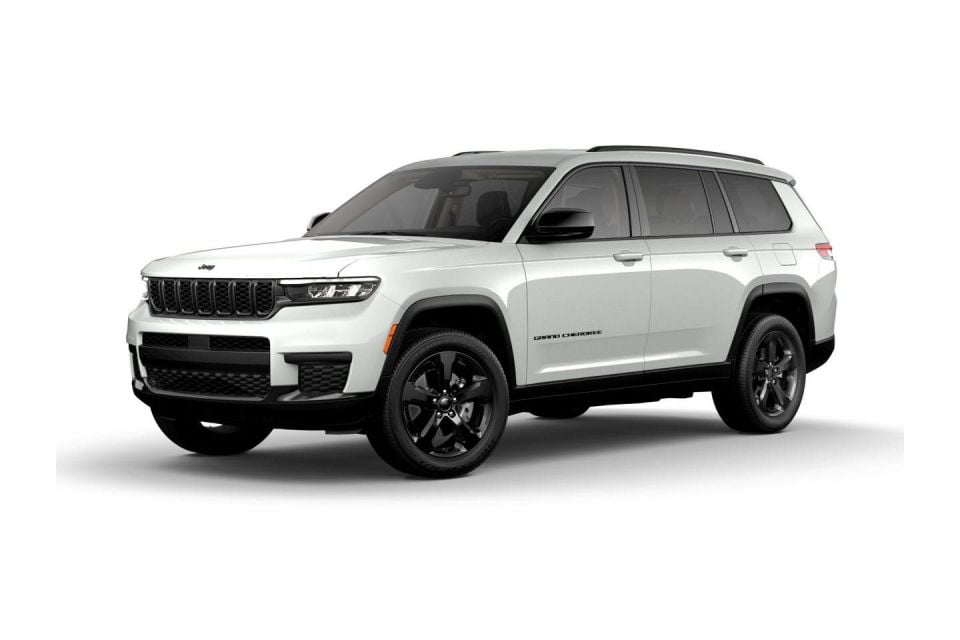
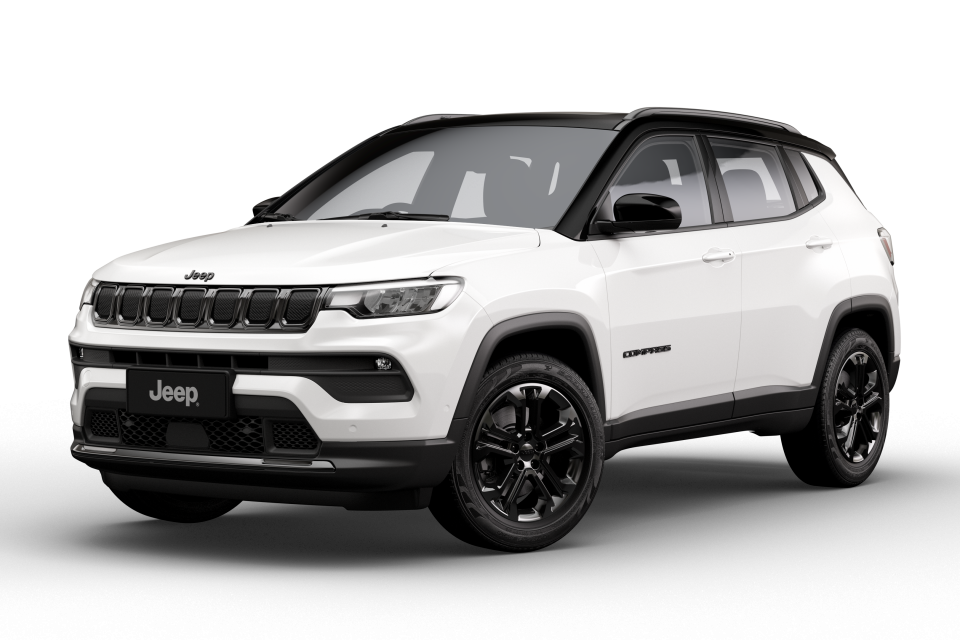
“I think if you look over, say the last three years, we’ve slowly moved the vehicles with their levels of specification, the way that they’ve built, the quality of the vehicles into an area that previously, possibly, we were not there. So that’s the direction we’re going and you’ll see more of it.”
The Compass has been the entry point to the range since Jeep Australia axed the smaller Renegade early in 2020, though the boxy crossover lives on in other markets. In Europe, the brand has also teased a new entry-level electric SUV.
Jeep Australia says it’s effectively removed the base models across its range.
Almost every Jeep model line now opens with a Night Eagle trim, which features unique exterior details such as gloss-black wheels.
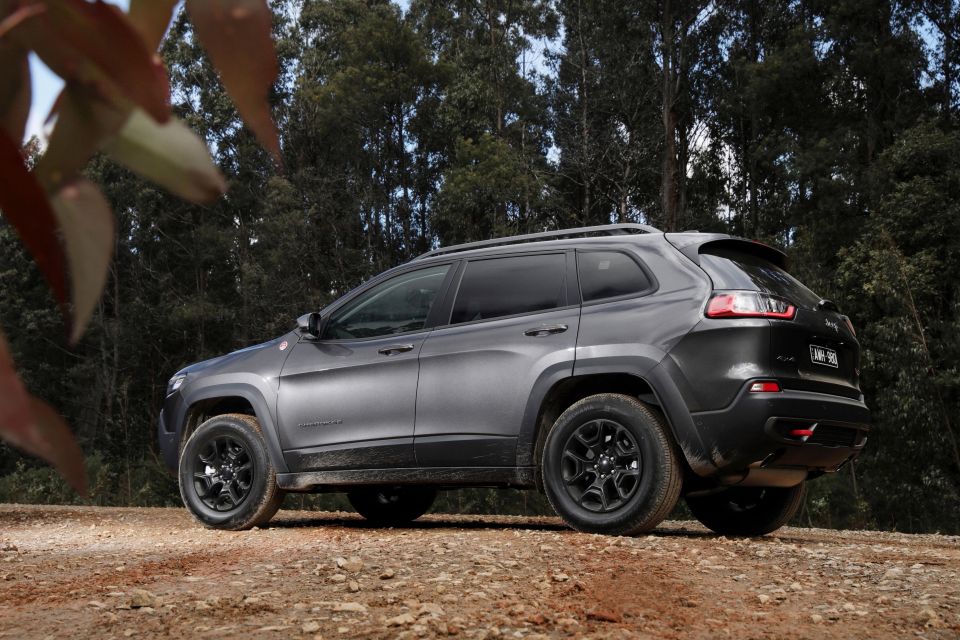
That includes the base Compass, which shed its entry-level Sport and Longitude trims in 2020 and gained a full suite of active safety and driver assist tech as standard across its range.
That move saw the Compass’ base price leap to the mid-$30k range before on-roads, when the range had initially opened at $28,850 before on-roads. It’s since increased to just $50 shy of $40,000.
Jeep Australia said it worked with its dealers to deliver a package with a greater focus on customer care, including the rollout of a capped-price servicing scheme, shortly before COVID-19 struck.
Despite this challenge, Jeep sales increased in 2020 by 4.1 per cent to 5765 sales, in a market that was down by nearly 14 per cent. Its market share was 0.6 per cent.
Sales then leapt to 7762 units in 2021.
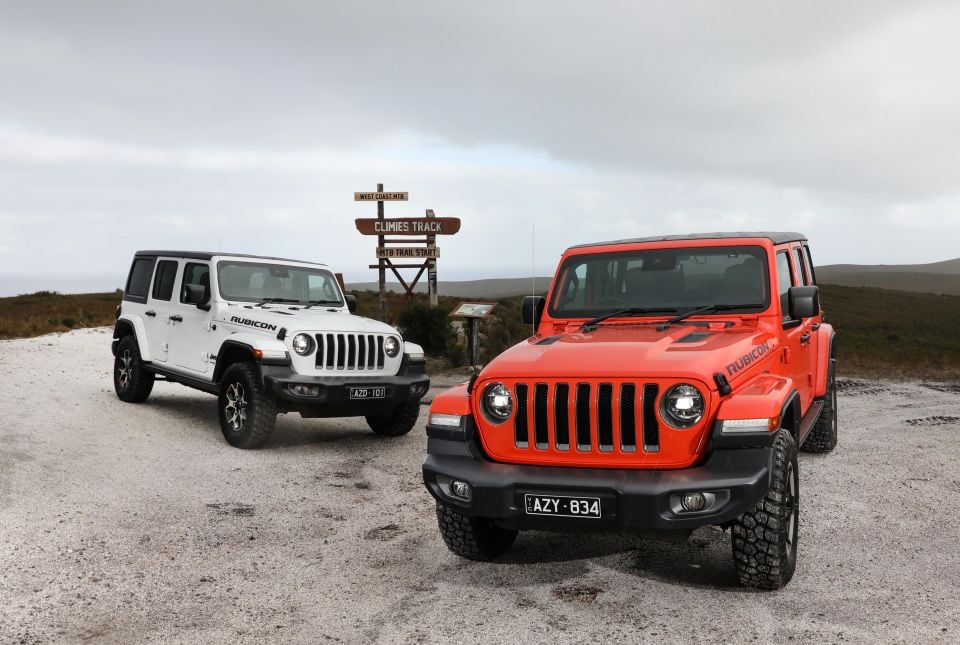
That’s a promising trend after several years of declining sales and market share. In 2014, Jeep reached an all-time high in Australia of 30,408 sales and 2.7 per cent market share, but an unfavourable exchange rate and inadequate after-sales care saw those figures drop every year until 2020.
However, like other automakers, Jeep has increased prices this year, citing ongoing supply chain issues and increased material costs.
Wrangler models saw their prices rise by between $6600 and $7000, while the related Gladiator is up by as much as $2300, the slow-selling Cherokee by up to $3500, and most Compass models up by $1000.
With the launch of the Grand Cherokee L, customer deliveries of which will begin in June, Jeep Australia has only its second vehicle ever with a before on-roads price of over $100,000.
The flagship Summit Reserve is priced at $115,450 before on-roads, making it the second most expensive Jeep ever in Australia after the supercharged V8-powered Trackhawk version of the outgoing WK2-series Grand Cherokee.
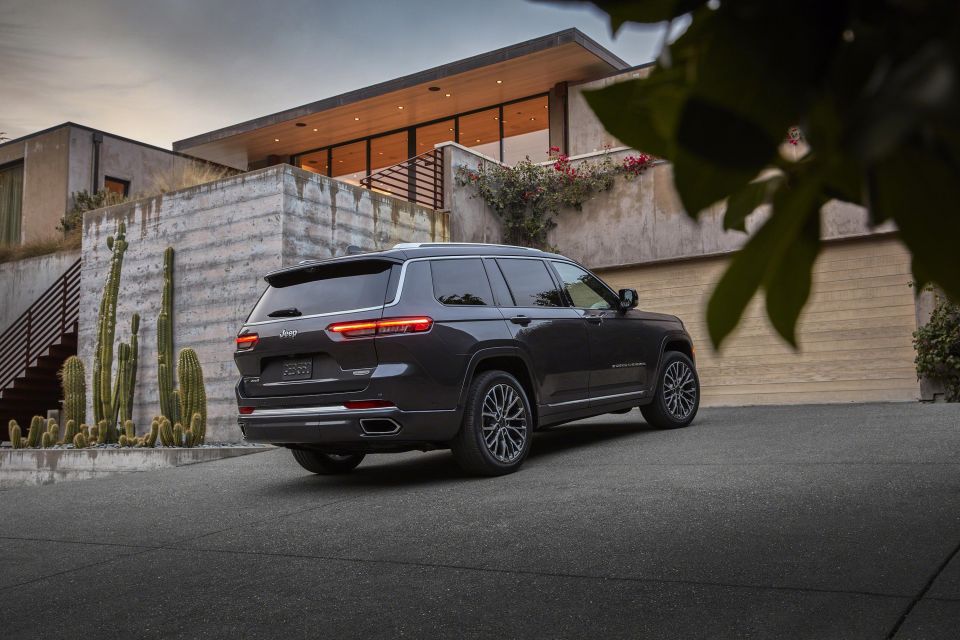
“We’ve seen crazy, crazy good reception to the vehicle, a lot of pre-orders, premium, premium customers,” said Billy Hayes.
“Obviously, we’re getting a lot of Jeep customers coming back and staying in the brand. But many, many premium customers that we’ve never seen before come to the brand, are coming to the brand for this vehicle. So it really speaks to the premium-ness of the vehicle.”
Jeep is expecting the mid-range Limited, priced from $87,950 before on-road costs, to account for the lion’s share of Grand Cherokee L sales at 50 per cent.
Of the rest, the flagship Summit Reserve should account for 30 per cent and the base Night Eagle the remaining 20 per cent.
MORE: FCA Australia MD Kevin Flynn outlines Jeep’s recovery plan MORE: Jeep Australia plots return to growth, says things have changed MORE: Jeep: Diesel customers ‘have to reconsider’ what they need MORE: Jeep commits to local testing, two-row Grand Cherokee underway
Where expert car reviews meet expert car buying – CarExpert gives you trusted advice, personalised service and real savings on your next new car.
William Stopford is an automotive journalist with a passion for mainstream cars, automotive history and overseas auto markets.


William Stopford
6 Hours Ago


Josh Nevett
7 Hours Ago


Ben Zachariah
23 Hours Ago


CarExpert.com.au
1 Day Ago


Damion Smy
2 Days Ago


Damion Smy
2 Days Ago